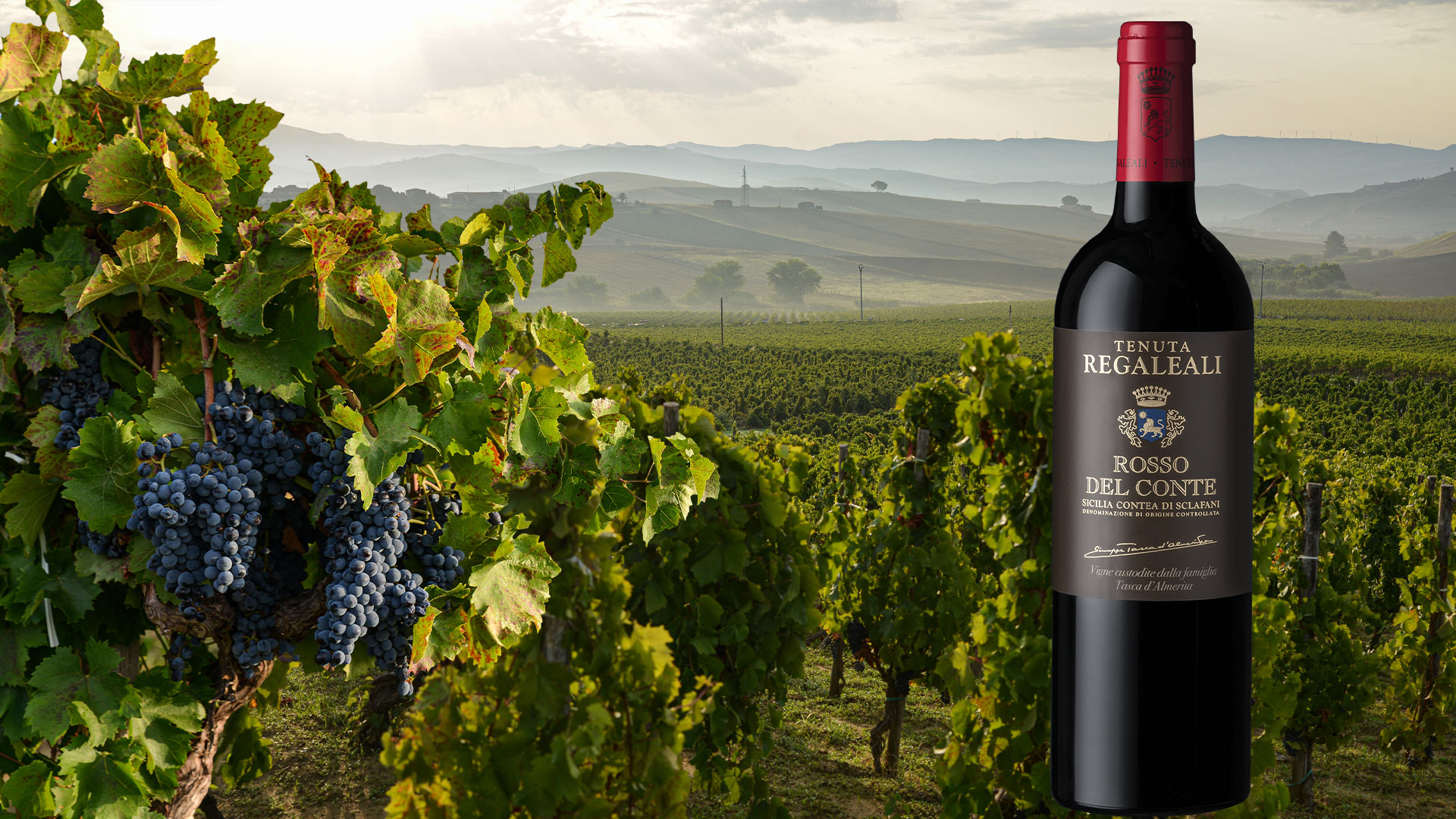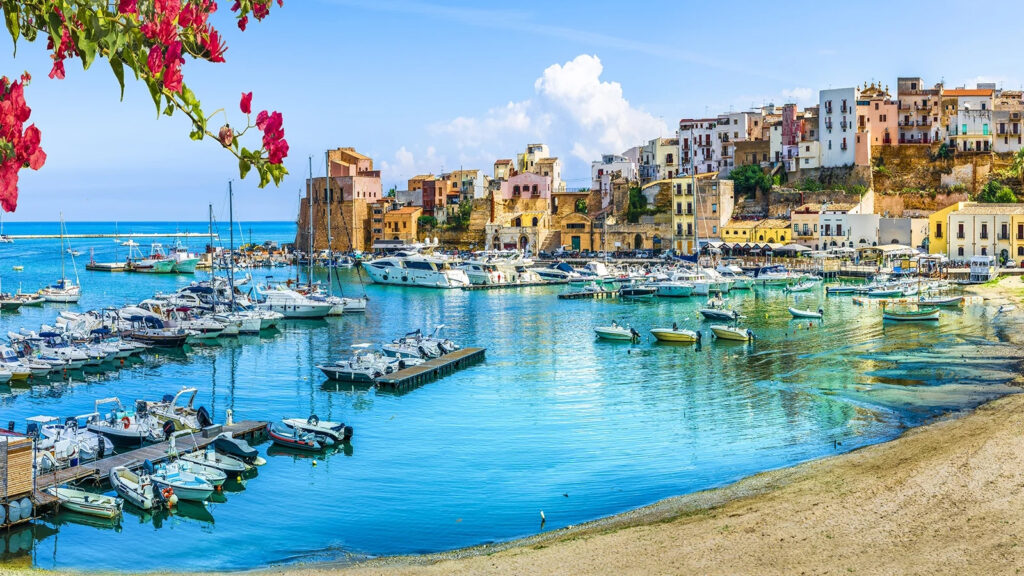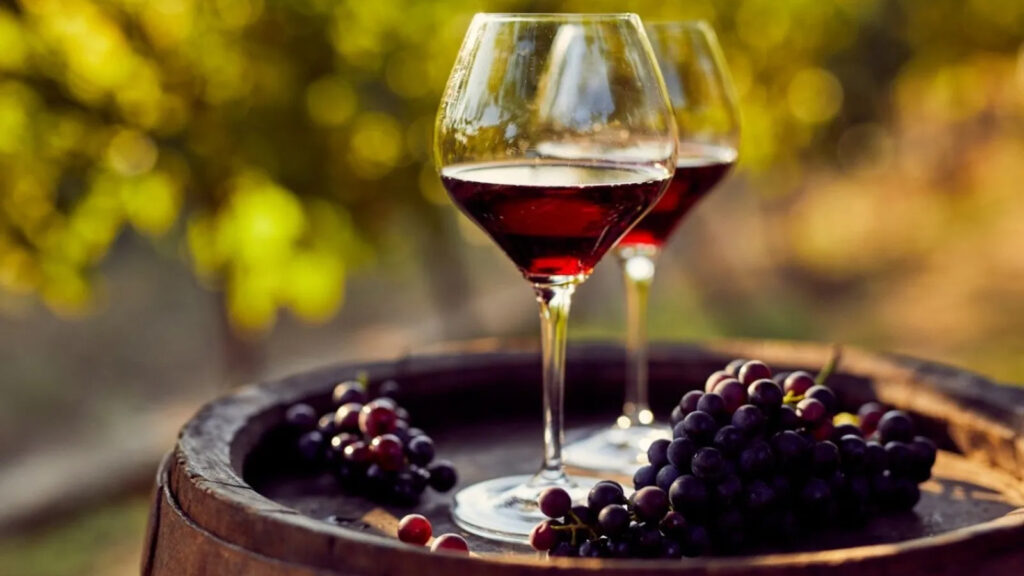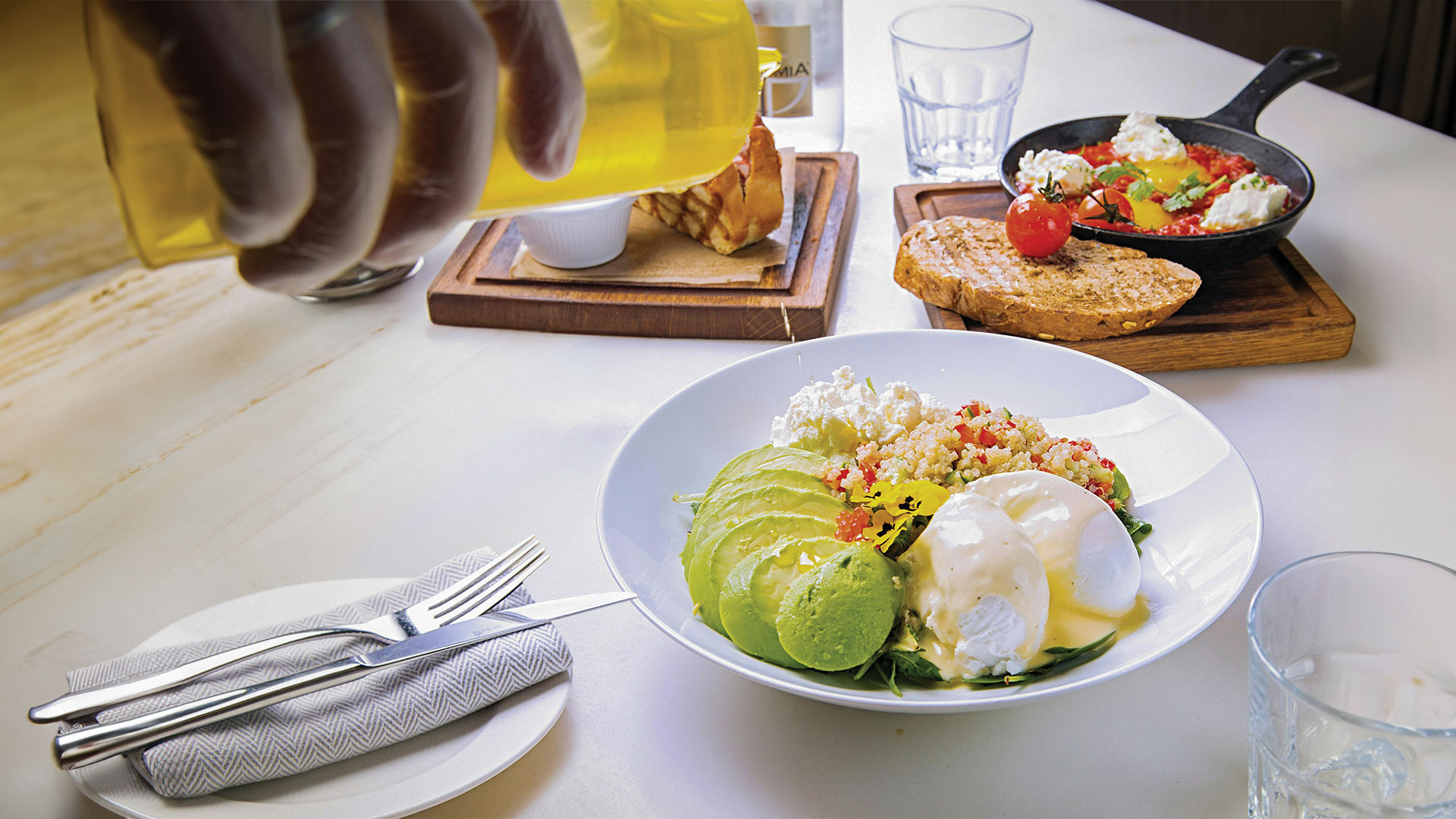
Super Sicilian: Springing from vineyards aplenty, Sicily’s splendid indigenous grapes are setting the wine world alight
The island of Sicily has become one of the most important wine-growing regions of Italy. It is the country’s largest in terms of planting with some 98,000 hectares under vine. A total of 4.8 million inhabitants make it the most populous island in the Mediterranean Sea.
It is known throughout the world as the home of Mount Etna, one of Europe’s most active volcanoes – whose soils happen to be ideal for the growth of Nerello Mascalese, Nerello Cappuccio (both red) and Carricante (white) grapes. Indeed, Sicily’s indigenous grape varieties are now widely appreciated by connoisseurs, who decades ago would only look to the island for Marsala, its famous fortified wine.
Island of extremes
“If you had to sum up Sicily in just a few words, it’s an island of extremes,” says Italian wine specialist Keti Mazzi, founder of Certa Wine Club. “Rocky volcanic coastlines give way to white sandy beaches. Crumbling architectural treasures of the ancient world sit next to some of the most theatrical and perfectly preserved paintings of the Baroque. It’s a cliché, but in Sicily, there’s truly something for everyone.”

Already a top-tier wine region in Italy, a country which itself is the largest producer of wine in the world, Sicily is poised for a new phase of expansion, believes Mazzi, as wine enthusiasts look for new territories and unexpected flavours.
Volcanic boost
Its fertile soil is primarily the result of an ongoing series of volcanic eruptions, and this, coupled with a pleasant climate, means it is perfect for making wine. Mazzi notes: “A true microcosm of Italy, Sicily can be described as a ‘viticultural continent’. Sicily is a continent for wine!”
Today, Sicily is primarily recognised for its Nero d’Avola and Grillo grapes, two local red and white varietals respectively that thrive across the diverse soils and growing conditions of the island.
Creamy white
Grillo had been used exclusively to produce Marsala in the past – in northwestern Sicily, an area granted Protected Designation of Origin (PDO) status – but now stars in some of Sicily’s most recognisable labels. “It delivers a refreshing, fragrant white wine with aromas of tropical fruit and a rich, creamy structure,” says Mazzi.

She says the Nero d’Avola grape variety is similar in style to Syrah: “It is Sicily’s most prolific red grape and produces a medium-bodied elegant wine with red fruit flavours, notes of pepper and a nice acidity.” Other common grape varieties on the island include Catarratto, Inzolia (both white) and Frappato (red).
Red beauty
Having spent several wonderful years in Sicily, the island is close to Mazzi’s heart and she is fond of many of its wines. Her ultimate tipple from the region, though, is Rosso del Conte, a flagship red from eighth-generation producer Conti Tasca d’Almerita in the central highlands. Its grapes originate from San Lucio, the first ‘grande vigna’ (large vineyard) created on the Tenuta Regaleali estate in 1959.
Mazzi loves the aromas emanating from this Sicilian beauty, indicating it retains a certain subtleness to its offering. She says: “On the aromatic level, Rosso del Conte never exaggerates in overripe notes while guaranteeing full phenolic ripeness.”

She believes the wine is a faithful expression of its terroir, recalling the high hills in the heart of Sicily, while a special signature appeal is that two grape varieties, Perricone and Nero d’Avola – which have a similar vegetative root – coexist.
Mazzi admires how the wine develops over time. “It is exuberant, vibrant and energetic in its youth, and with ageing develops a velvety touch without losing structure and flavour,” she says.







